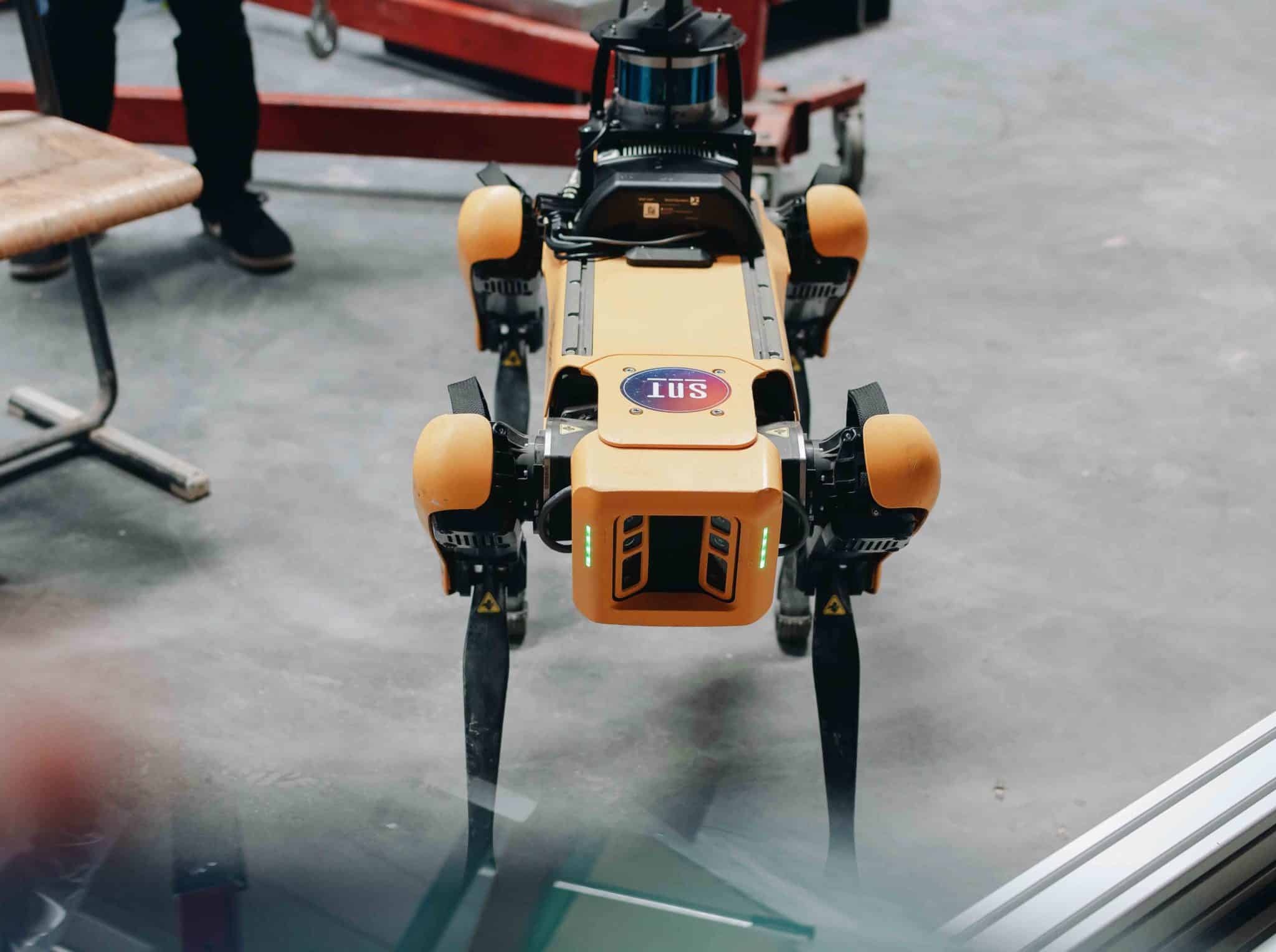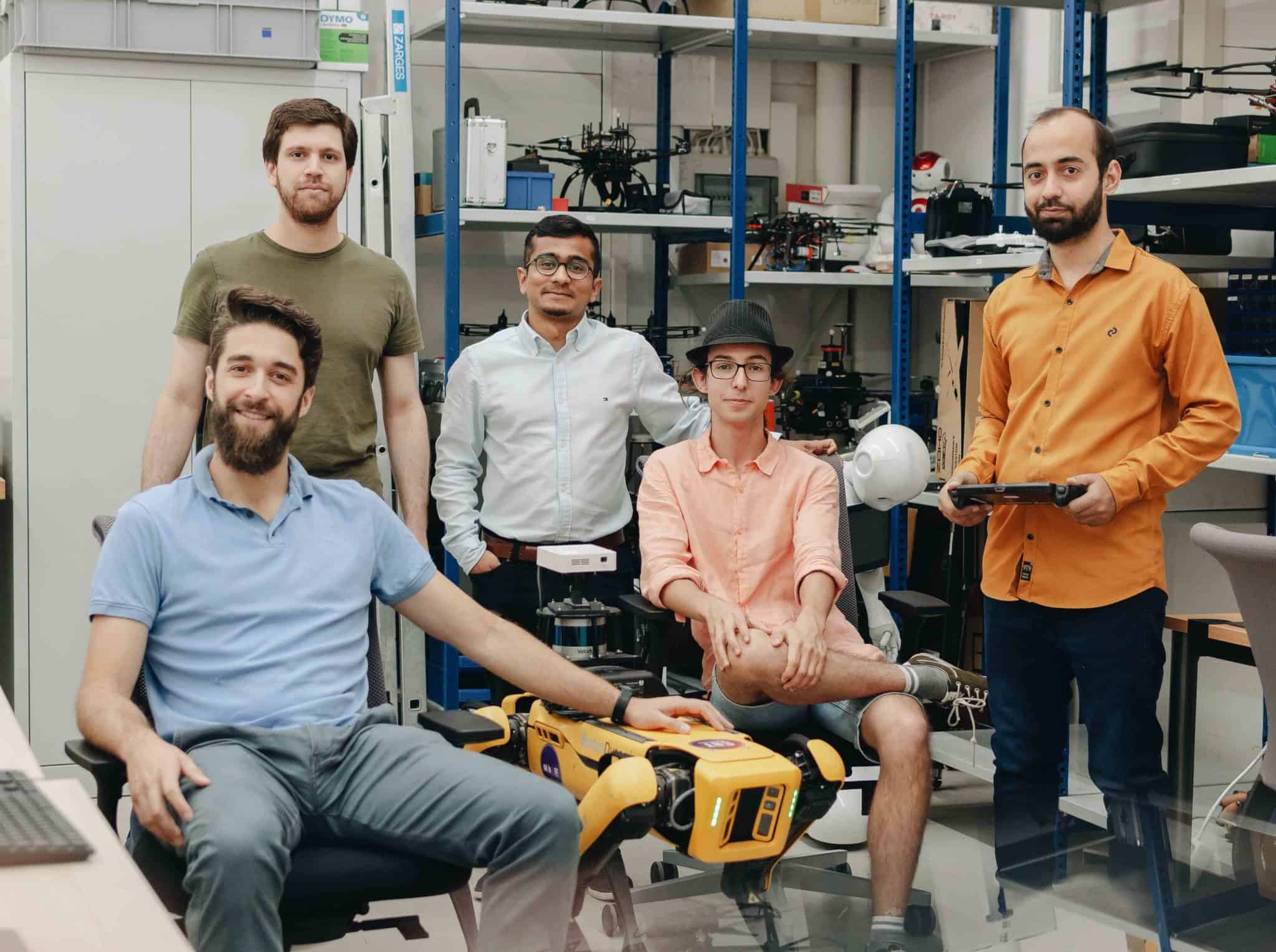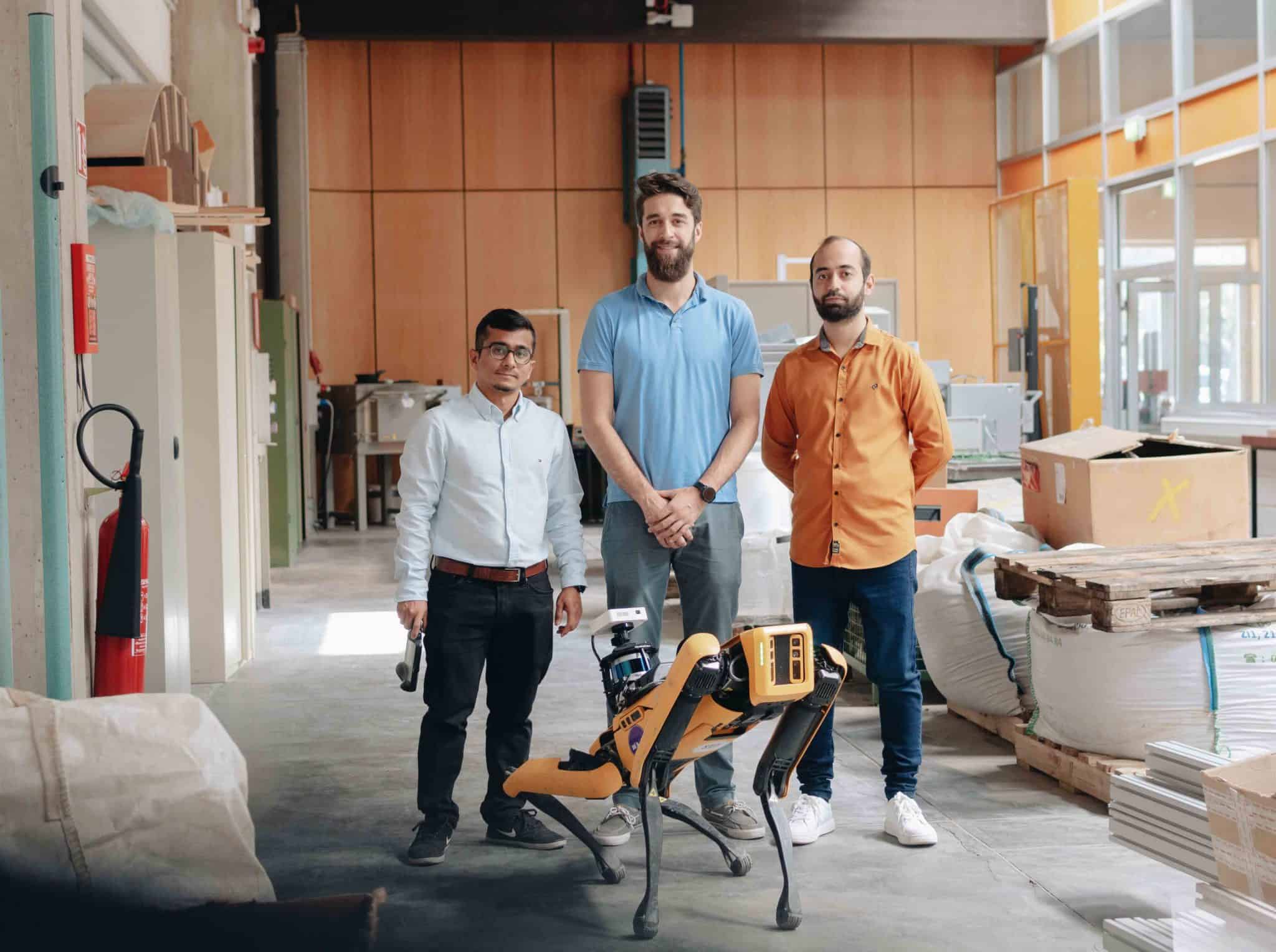Errors on building sites cost construction firms time and money. A four-legged solution is changing that.
Visit any Stugalux building site in Luxembourg, and you’d expect to encounter the usual tradespeople and engineers. Thanks to a partnership with the University of Luxembourg, they are now joined by a 73-kilo, robotic four-legged friend. Stugalux bought three Boston Dynamics dogs as part of its goal to create an intelligent, autonomous tool that will check construction plans against the actual work being done on site.
The construction firm teamed up with mobile robotics researchers at University of Luxembourg’s Interdisciplinary Centre for Security, Reliability and Trust (SnT) for a three-year programme to develop a proof of concept for a final product.
“We are building the brain of the robot,” explains Jose Luis Sanchez Lopez, the research scientist leading the project, adding: “Having a more intelligent robot is not only better for performance, but it’s also easier to interact with it.”
The team includes a PhD candidate, who focuses on connecting the digital plans to the brain of the robot, so that it can check the current state of construction against the planned project. A postdoc student, meanwhile, is working on boosting the dog’s brain intelligence so that it can differentiate between floors, for example, and ascertain its location based on features such as toilets or kitchen counters.
Sanchez Lopez says: “The final goal is to make it intelligent and autonomous, so it can do whatever it needs to do without the need to have a human piloting it.”
He believes that an intelligent robot dog is something that “every construction company wants to have.” And, judging by the recent interest the SnT project garnered with a construction firm in Dusseldorf, Germany, he may be right.
“They are interested in scene deviations, but also in assisting humans on the construction […]The robot will have the digital plan and know where things need to be placed. Even if the robot is not able to place it yet, it can at least tell the human where to place it.”
Robot dogs on construction sites remove the need to manually check back with construction plans, potentially speeding up the work and making it less prone to error.
This robot dog remains a research project but Lopez-Sanchez dreams of one day turning the work into a spin-off company. “We are researchers, so we don’t have an entrepreneurial mindset. But of course, if we find the right partner with the right mindset to create the spinoff, of course, it will be an amazing goal,” he says.
To speed up the research and enable them to work on projects with other partners, the team has purchased one of the Boston Dynamics robot dogs from Stugalux. This is helping them to also make waves in the research community after the team published some research papers that attracted attention. “It’s a very hot topic,” he says.
Dogs in mines
The SnT is not the only player working with Boston Dynamics dogs on construction sites. Real estate consultant Drees & Sommer, which has offices in Luxembourg, is exploring uses for robot dogs in checking for deviations in new and existing buildings. Its dog, Spot, is e quipped with scanners whose high-precision laser beams scan all surfaces and collect data to create a point cloud, a geometrically accurate representation of the environment that serves as the basis for a digital twin. The firm says that presently legal requirements prevent them from making Spot fully autonomous.
Luxembourg digital real estate solutions firm Space Time is also working with robot dogs. It recently showcased the tool’s diverse use cases when it sent a robot dog underground to scan a mine in Rumelange for the National Mining Museum of Rumelange. The galleries of the Walert mine had been abandoned for more than 60 years and some were no longer accessible to humans. Thanks to the project, museum visitors can watch a video presenting the highlights of the robot dog’s travels in the Mines at the entrance of the museum, and see 3D plans generated by the technology. Space Time recently secured a patent from the Luxembourg economy ministry for its data management of a building construction over time technology. It is currently filing similar patent applications around the world.
This article was first published in the Silicon Luxembourg magazine. Get your copy.




